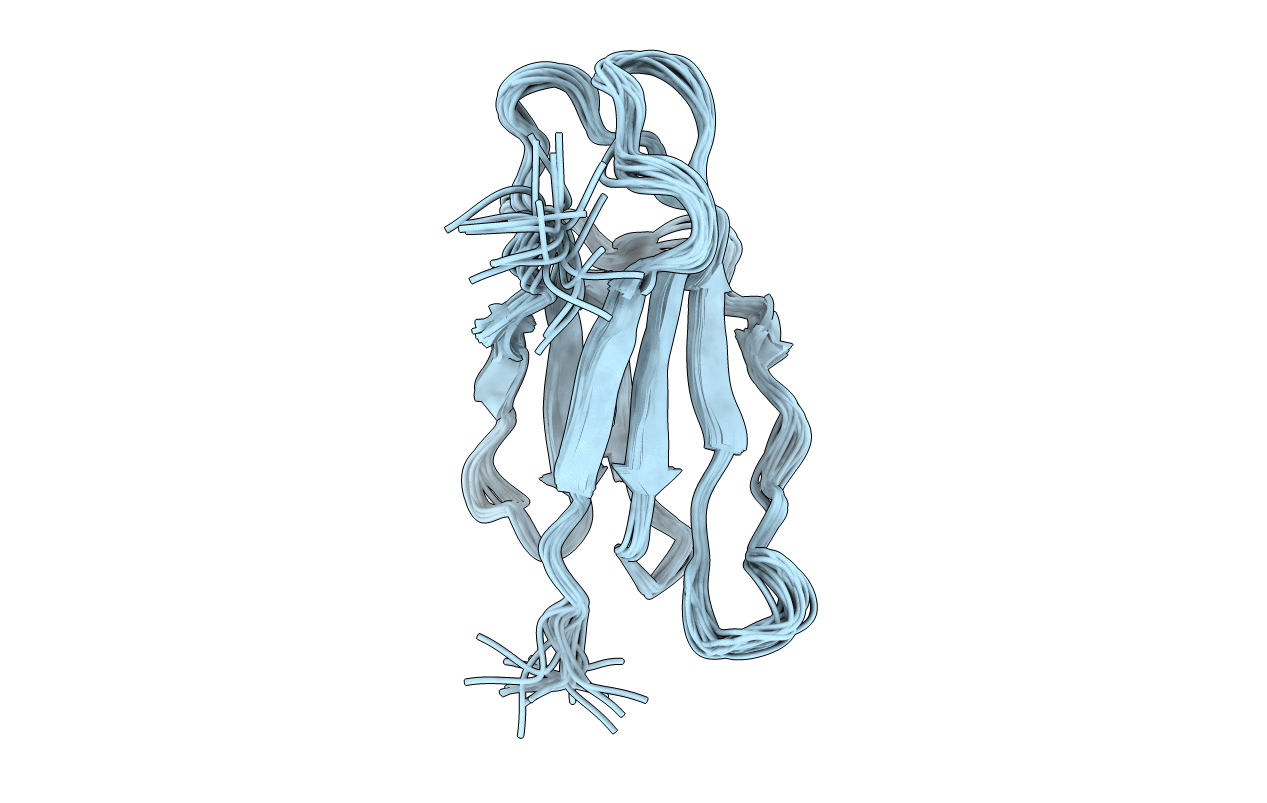
Deposition Date
2001-07-24
Release Date
2002-02-27
Last Version Date
2024-11-20
Method Details:
Experimental Method:
Conformers Calculated:
380
Conformers Submitted:
20
Selection Criteria:
target function


